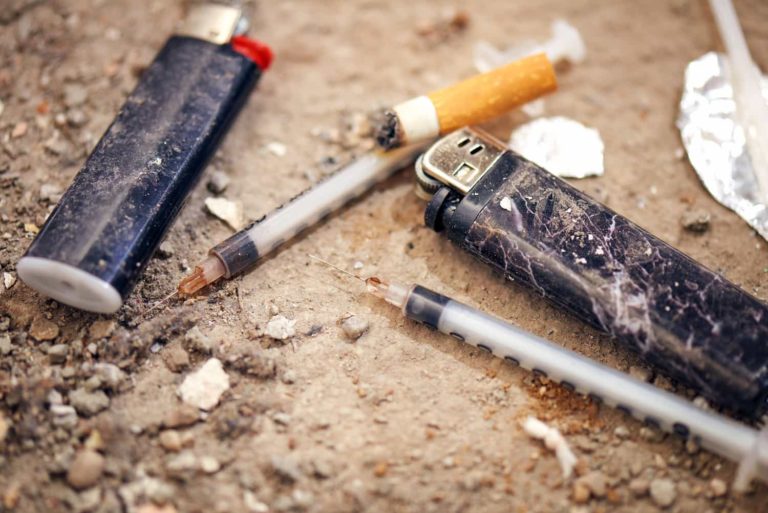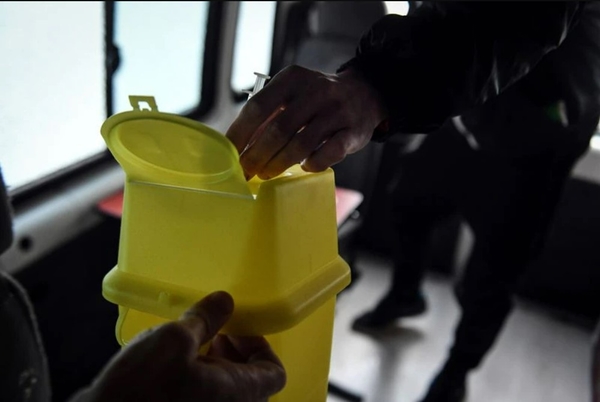
By Daliah Heller, New York City, New York, March 31, 2022 /NYDailyNews/ –
A recent rash of overdoses has made headline news again. Among the latest is the story of a tragic spring break involving West Point cadets who overdosed on fentanyl that they didn’t know was in their cocaine.
I first heard this story in idle chat with a friend of a friend of a friend, lingering at a bar after a late-night show. She shared the story after learning that I work in public health and drug policy, and we proceeded to argue politely about what could be done to prevent young adults overdosing. She suggested the decision to use drugs was a problem of impulse control in young people, and that one or two risk-taking kids must have influenced the others to use cocaine with them. I explained that developmentally, it’s quite normal for young people to take risks, to test boundaries and their independence.
Young people do deserve to have information about staying safe, however. We should be telling these young people — telling everyone in the country, loud and clear — that the drug supply right now is contaminated, very dangerous and unpredictably harmful. We should be teaching harm reduction and making it available to everyone. Carry naloxone and know how to use it to reverse an overdose. Test a little bit of the drug before you use. If you’re using for fun and not a physical need, think twice about it. If you decide to use, make a safety plan with someone who won’t be using. Practice harm reduction.

Harm reduction is most famously understood as strategies that can make drug use safer. It means distributing supplies and offering monitored settings to help people protect themselves and one another from injury, disease and death. Supplies like fentanyl test strips to check what’s in your drugs, naloxone to counteract an opioid overdose, and sterile materials for drug use, to reduce sharing and protect from infections like hepatitis C and HIV. Settings such as an overdose prevention center where people can go to use their drugs safely, or a hotline to stay in touch with people who are using alone, to summon an emergency response if they fall out.
This idea of harm reduction acknowledges there is risk involved with psychoactive drug use, whether due to the potency of the drug itself or in the way it’s used. Harm reduction tries to mitigate these harms by introducing very practical strategies focused on the drug use itself.
The imperative for harm reduction is undeniable. More than 100,000 people were lost to overdose in the United States in the past year. Fentanyl analogs have spread like wildfire through the illicit drug market. They’re in counterfeit pills in New Mexico, in contaminated cocaine from Philadelphia to Florida, and in what used to be the heroin supply, now largely replaced by fentanyl in much of the country. To reduce the potential harms of this unregulated drug supply, we need a widespread public health response.
The vitally important thing about harm reduction is it accepts that people use drugs, rather than debating whether they should. It rejects a punitive response and focuses instead on offering very practical strategies for staying alive and protecting your health when you use drugs. As the current overdose crisis is showing us, many people who use drugs are simply indulging in a moment of pleasure; this is not uncommon. Others might be seeking temporary relief from discomfort, depression, or anxiety. Some may be struggling with problem drug use but are not prepared to stop using right now. Every single one of these people has one absolute in common: they all deserve to live.
To end overdose, we must place harm reduction at the center of the response in the United States. Last month, the organization where I work launched a media campaign to spread this message. We must fund harm reduction services and strategies to match the scale of the overdose crisis. We must make harm reduction services and strategies available and accessible in every community. And we must remove the policies and practices that impede harm reduction in any community.
I have lost many people I loved to overdose over my years. With someone dying every five-and-a-half minutes in this country, the tragedy is that most everyone knows someone now. To honor the lives lost, my team created an overdose memorial where anyone can submit photos and stories of loved ones. Though it’s impossible to say where each of them would be today, I do not doubt they would still be loved. We can’t afford to ignore the public health imperative for harm reduction in the United States. We need it everywhere, for everyone, and we need it now.
Daliah Heller is the vice president of drug use initiatives at Vital Strategies, where she leads an initiative to reduce overdose deaths in seven of the hardest-hit states.
This article was first published on NYDailyNews.